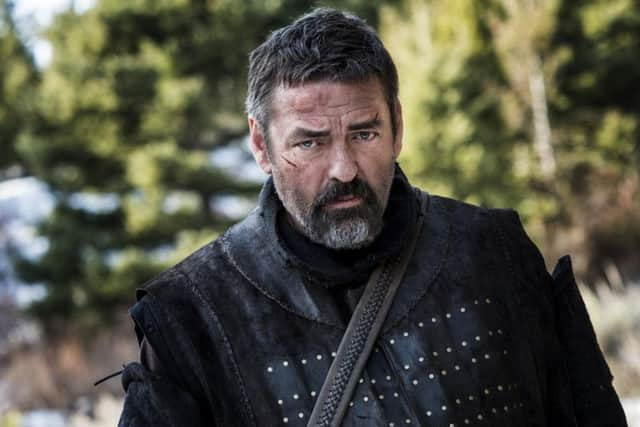Toe fragment could hold the clue to cause of Robert the Bruce’s death
Speculation has surrounded the exact cause of Robert I’s death. Historical records cite leprosy, while modern day researchers have suggest a range of causes from syphilis to strokes.
Dr Turi King, reader in genetics and archaeology at the University of Leicester, is extracting genetic material from the king with the aim of finding a copy of his Y chromosome – a section of
DNA that controls gender and is passed from father to son.


Advertisement
Hide AdAdvertisement
Hide AdSpeaking on BBC Radio 4’s The Life Scientific, Dr King said: “Apparently the Victorians like to go and open people’s coffins and things, and so they opened Robert the Bruce’s.
“Somebody had taken what seems to be a little bit of metatarsal, a little bit of toe bone, and they have embedded it in a bit of resin.”
Robert I (1274-1329) secured the re-establishment of an independent Scotland from England after waging a hugely successful guerrilla war and defeating the numerically superior army of
Edward II at the Battle of Bannockburn in June 1314.
He died 15 years later, aged 54, and was buried in Dunfermline Abbey in Fife.
His remains were exhumed by workmen there in 1818.
Anatomists from the University of Edinburgh recorded how his breastbone had been cut from top to bottom so that his heart could be removed and buried separately at Melrose Abbey in Roxburghshire.
While his remains remained open to the public before being reinterred, it is alleged that people cut off finger bones and removed teeth as relics.
There have been several projects to reconstruct the 14th-century king’s face. In 2016 teams from the universities of Glasgow and Liverpool John Moores spent two years creating a high-definition 3D model of the king, working from a plaster cast of his skull.
The researchers hoped to use the toe bone in Dr King’s work to bolster DNA evidence, but were concerned the fragile fragment might be destroyed.
Advertisement
Hide AdAdvertisement
Hide AdLast year the film Outlaw King, starring Chris Pine as Robert I, was released to great acclaim. It also starred Edinburgh school pupil Josie O’Brien as the young Marjorie Bruce.
Dr King’s previous work six years ago to establish remains found under a Leicester car park were those of Richard III and also uncovered evidence of adultery in the king’s line of succession.